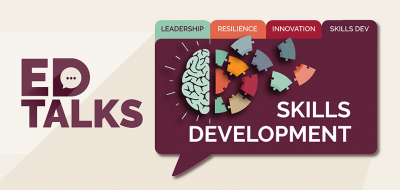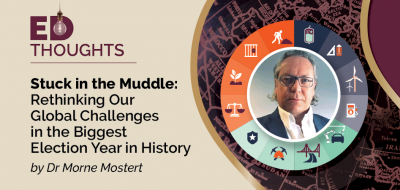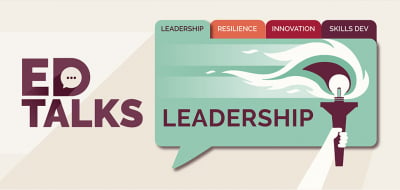In March, the Wall Street Journal published an article on ‘Lessons for the Coronavirus Crisis from Six Other Disasters’. The authors highlighted three key lessons through examples of the 1918 Spanish Flu (which killed 50 million or more around the world), the 1957 Asian Flu Pandemic (which killed over a million), 9/11, and the 2003 Severe Acute Respiratory Syndrome (SARS), which had a huge impact on our collective psyche and on many businesses’ strategies. The main lessons emerged as:
1. There is an inevitable, devastating trade-off between economic stability and public health and safety.
2. Uncertainty often hinders policymakers from acting quickly. Early responses are frequently ‘timid or off-target’ and political disagreement can delay more sweeping action.
3. Disasters can permanently change habits. Individual sectors can take years to recover… but our society as a whole is remarkably resilient.
Right now, we are going through an unprecedented pandemic, but we have been through disasters before. And, as evidenced above, there are some learnings we can apply to the current situation. Especially from how businesses have managed to use strategic planning and scenario planning to ultimately emerge stronger. Here, Dr Morne Mostert, Director for Futures Research at Stellenbosch University and USB-ED faculty, looks back at how we have recovered from previous crises, for consideration during Covid-19:
How to rebuild after a crisis
Firstly, he says a business cannot emerge from a crisis through back-to-basics alone. A creative interpretation of one’s core business must support any consolidation efforts.
He says for businesses trying to rebuild, now is the time to take some advice from the outside. But, also, to reflect on internal operations, “Failure can be the result of many factors, some of which are external, and some which are generated internally.” He highlights six of the most pervasive destructive bahaviours
- Unrelated diversification
- an aristocratic exco and board
- untouchable CEO
- bureaucracy
- unethical behaviour
- and hubris
This kind of self-reflection takes strong leadership and management. Strategic leadership is imperative for agile adaptation to unprecedented circumstances. Mostert says there is no magic bullet, “However, an unusual combination of consolidation (often with brutal cost-cutting) and related innovation, such as with Apple (iPod), Chrysler (K-Car) and IBM (mainframes) often seems to do the trick. New leadership (such as Mulally at Ford or Hurd at HP) can also offer renewed energy, even if the former management team were not entirely to blame for the collapse. But this requires circumspection, e.g. in the case of Apple, it was both false (with Sculley) and true (with Jobs).”
He suggests that, right now, businesses should be engaging in a reality check by asking key questions like:
- How successful are we really?
- How do we actually make money?
- Why do clients buy from us and not the competitors?
- How innovative are we really?
- Which assumptions have turned out to be false?
- What are we really good at?
- Who are we and what is our preferred identity?
Finally, Mostert suggests using methods like scenario planning to imagine multiple possible futures. “Among those are alternative futures, i.e. futures that do not resemble the current future. By imagining new possibilities, senior decision-makers may begin to conceive of their post-crisis identity.”
Conclusion:
Now is the time to use strategic scenario planning to conceptualise the most likely possible futures and to have action plans for each of these. Enrol in USB-ED’s scenario planning course for some post-lockdown lessons in how to rebuild.
written by





